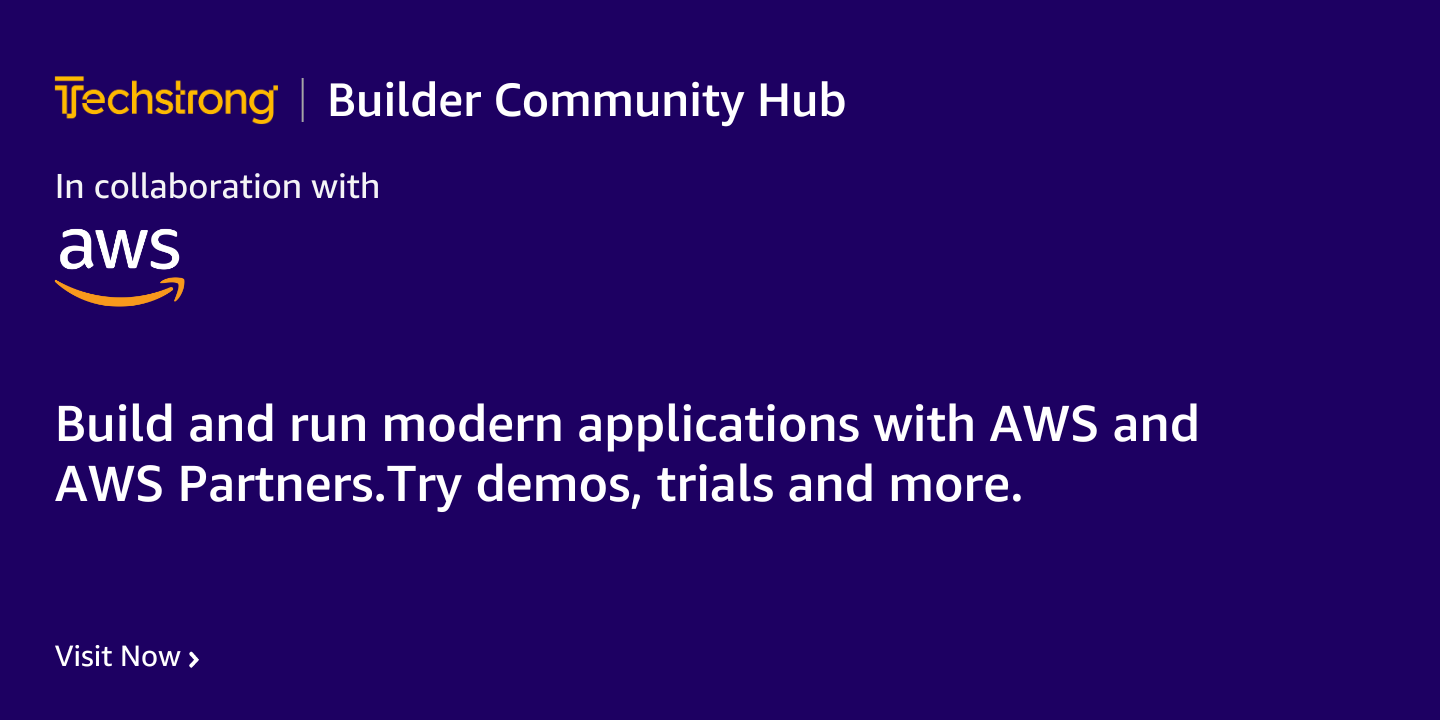
2023-10-23 18:7:35 Author: securityboulevard.com(查看原文) 阅读量:4 收藏
In the first blog of our latest blog series, “Top Five Access Governance Google Searches – Answered,” we explore the fundamental concepts of Access Governance, differentiating it from Access Management. We clarify these distinctions and highlight how these two critical components work in tandem to fortify your organization’s security and data management strategy. Throughout this series, we aim to provide you with insights and answers to the most pertinent questions surrounding Access Governance.
In an age where information is the currency of the digital world, your organization must protect its data and ensure it’s accessible to the right people. You have a dual objective in this regard, and it’s where the concepts of Access Governance and Access Management come into play. While these terms may seem interchangeable, they represent distinct yet interrelated aspects of your organization’s security and data management strategy. This blog will explore the differences between Access Governance and Access Management and why both are crucial for your organization.
Access Management: The Gatekeeper of Your Digital Resources
Access Management, or Identity and Access Management (IAM), is the gatekeeper to your organization’s digital resources and access compliance. It primarily concerns who has access to what within your systems and applications. Here are some key points you need to understand about Access Management:
- Authentication: Authentication is the process of verifying the identity of a user, system, or device attempting to access a resource. This can involve usernames and passwords, biometrics, smart cards, or multi-factor authentication (MFA).
- Authorization: After confirming a user’s identity, Access Management determines what actions they can perform and what data or resources they can access. Authorization is based on roles, permissions, and the principle of least privilege.
- Single Sign-On (SSO): SSO allows your users to access multiple applications and services with a single set of credentials, enhancing convenience while maintaining security.
- Provisioning and Deprovisioning: Access request management includes processes for creating, modifying, and removing user accounts and access rights. This ensures access is granted only to authorized individuals and promptly revokes access when no longer needed.
Access Management primarily focuses on the technical aspects of controlling access, ensuring that the right individuals within your organization have the right permissions to access digital resources.
Access Governance: Orchestrating Access Policies and Compliance
Access Governance, in contrast, takes a broader, more strategic approach. It defines, enforces, and maintains access policies and compliance. Access Governance ensures that your Access Management process aligns with your organization’s objectives and adheres to policy requirements. Here’s what you need to know about Access Governance:
- Access Policies: Access Governance involves creating and documenting access policies. These policies lay out rules and guidelines for granting, reviewing, and auditing access rights.
- Access Reviews and Certification: Regular reviews of user access rights are essential for Access Governance. This ensures that access permissions remain appropriate and align with the principle of least privilege.
- Compliance and Auditing: Access Governance helps your organization demonstrate compliance with industry regulations and internal policies. It provides detailed access records and audit trails for accountability.
- Risk Management: Identifying and mitigating risks associated with access management is a critical aspect of Access Governance. This includes preventing unauthorized access and addressing potential security threats.
The Collaborative Dance of Access Governance and Access Management
Access Governance and Access Management are not opposing forces but complementary aspects of your organization’s security and data management strategy. Access Management provides the technical foundation for controlling access, while Access Governance ensures that access control aligns with your organizational goals and regulatory requirements. They create a strong security framework that protects your organization’s sensitive data and resources.
Access Governance and Access Management are pivotal in your organization’s security and data integrity objective. Access Management safeguards your digital resources by controlling who has access to what. Access Governance orchestrates policies, compliance, and risk management to ensure access control serves your organization’s best interests. The synergy between these two concepts is essential in the digital enterprise, where data protection and accessibility are key for your organization.
如有侵权请联系:admin#unsafe.sh
